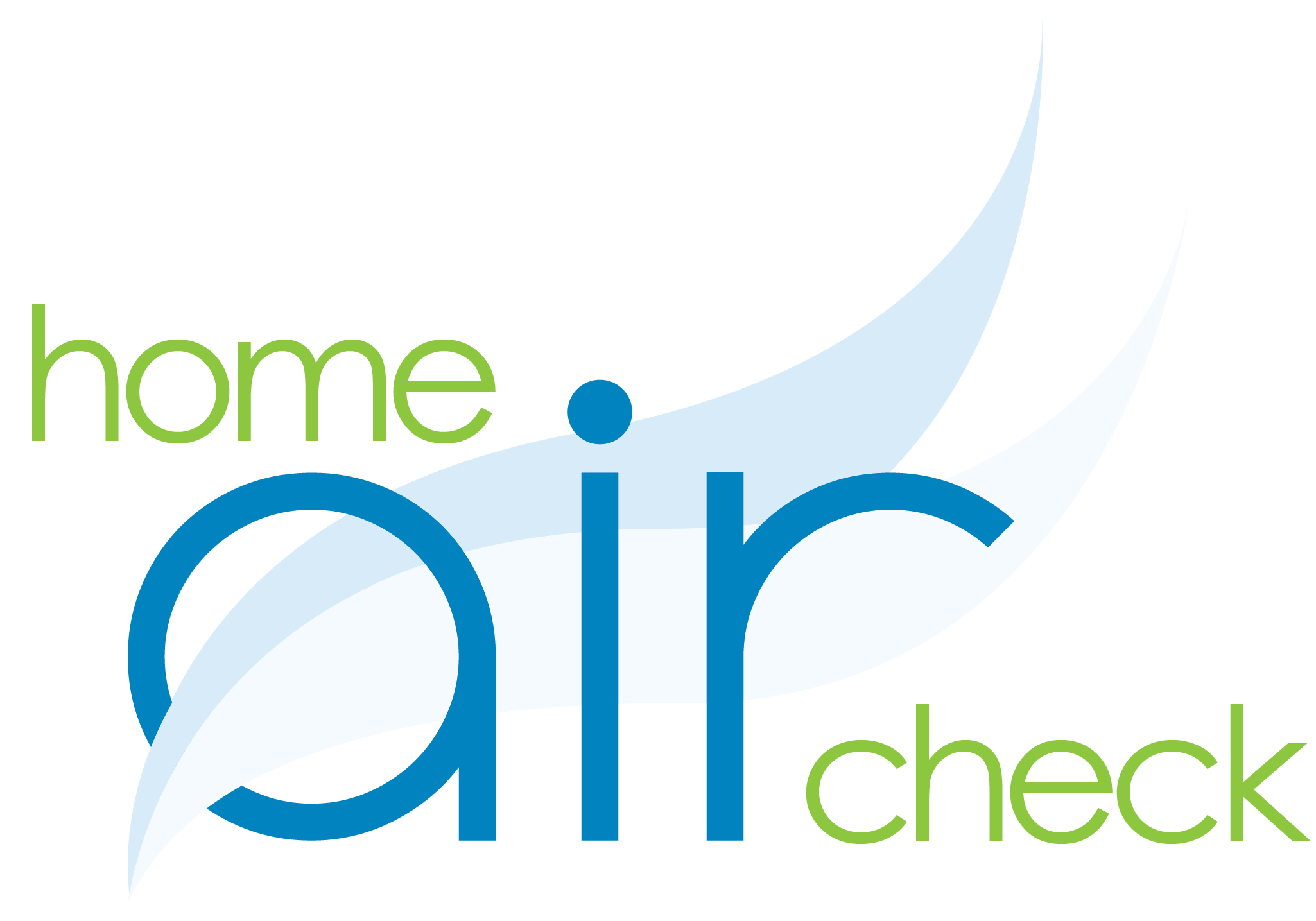When it comes to our health we are extremely mindful of what foods we eat and are mindful of what we consume to stay healthy. But what about the air we breathe every single day? Most of us spend nearly 90% of our time indoors, yet we often overlook indoor air quality as a key factor in our overall well-being. Think about it this way, how many times a day do you eat and how many times a day do you breathe?
The truth is, when indoor air is polluted, it can directly impact how you feel day to day and even contribute to long-term health problems. Let’s take a closer look at some of the ways poor IAQ can affect your body and why it’s so important to take action.
Everyday Symptoms You Might Not Connect to Your Air
Have you ever experienced headaches, fatigue, or brain fog at home and thought it was just stress? Maybe you had too much coffee? Sometimes, the culprit is the very air you are breathing. Breathing unhealthy air can have negative effects on your health. Pollutants like VOCs, dust, or mold spores can trigger:
- Frequent headaches
- Trouble concentrating
- Unexplained tiredness
- Irritated eyes, nose, and throat
Because these symptoms can feel so “ordinary,” it’s easy to miss that they might be tied to your environment.
Breathing Problems and Allergies
If you live with asthma or seasonal allergies, poor indoor air can make those conditions much worse. Dust, pet dander, and mold spores are common triggers that build up inside homes. Even chemical pollutants, like cleaning products or off-gassing from furniture, can cause coughing, wheezing, or flare-ups. For children and older adults, who tend to be more sensitive, the effects can be especially noticeable.
The Bigger Picture: Long-Term Health Risks
While some health effects of poor IAQ are immediate, others can develop slowly over time. Long-term exposure to polluted indoor air has been linked to:
- Chronic respiratory issues
- Cardiovascular stress
- Heightened sensitivity to allergens
- Potential risks for serious diseases with continued exposure
This is why paying attention to the air in your home isn’t just about comfort—it’s about protecting your long-term health.
Why Awareness Matters
Recognizing the signs of poor IAQ is the first step toward improving it. Many people live with symptoms for years without realizing that their home environment may be playing a role. Once you know what to look for, you can start taking practical steps: from testing your air to improving ventilation and reducing pollutant sources.
Looking Ahead
As IAQ Awareness Month continues, we’ll dive deeper into the specific pollutants like VOCs that hide in your home’s air and what you can do to reduce them. Because when it comes to protecting your health, every breath matters. Remember, poor indoor airquality can have a major impact on your comfort and health over time, contributing to headaches, allergies, and that “stale air” feeling you can’t quite place.
In next week’s post, we’ll break down what VOCs really are, where they come from, and how to reduce your exposure. Because when it comes to protecting your health and creating a truly healthy home, every breath matters — and it starts with understanding what’s in the air around you.


